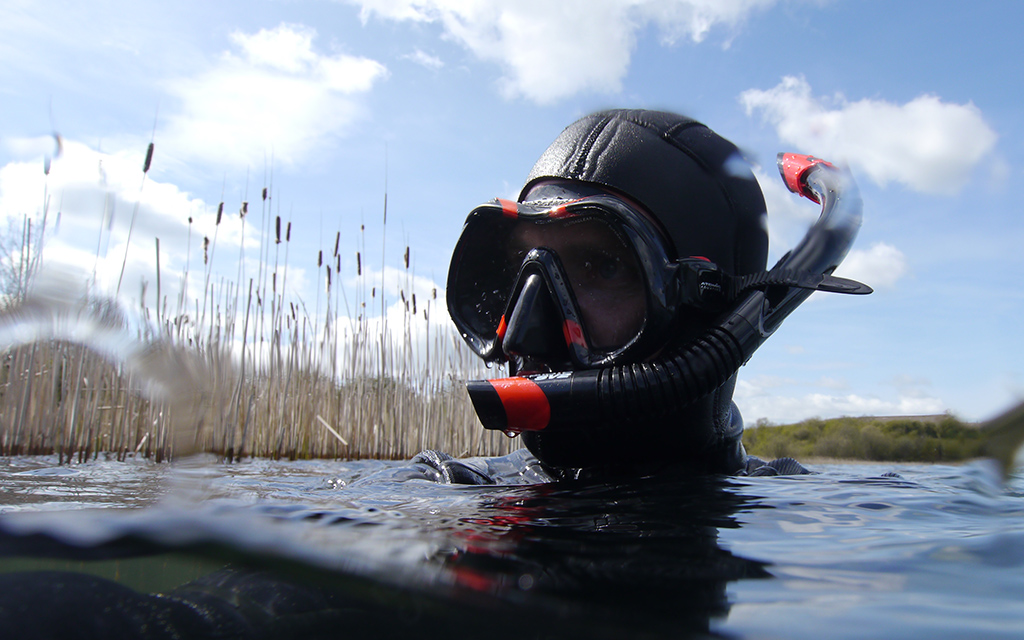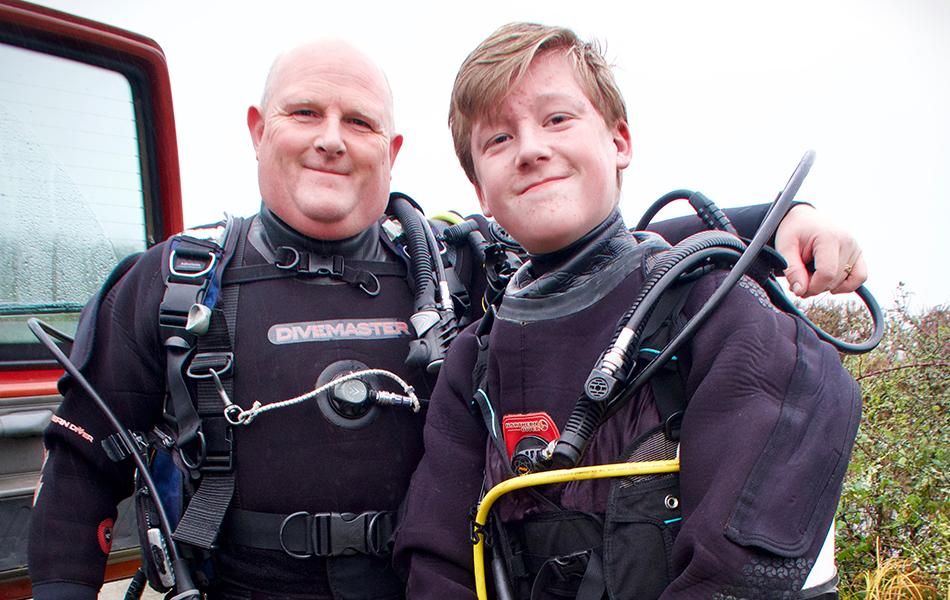
Andy Torbet has a New Year challenge for all the scuba divers out there. Isn’t it about time you restarted your snorkelling career?
New Year, new you... isn’t that how the old cliché goes? But if you’re an ardent scuba or CCR diver and have always viewed snorkelling as a second class citizen, then perhaps 2023 is the year to dip your toes in. Then you ask yourself why. Snorkelling, after all, is surface-based, so any actual ‘diving’ is fleeting and relatively shallow. Why would anyone choose to snorkel over the other methods of exploring the underwater world?
What advantages does a snorkel have over scuba or a rebreather?
The act of diving has, in and of itself, never been the point. The point has always been the unlocking of the door to a world most people never experience. To see what is effectively a different planet; its landscape and environments; a strange and different wildlife, history and geography. As I have said previously, we should be driven by using the best tool for the job. So, what advantages does a snorkel have over scuba or a rebreather?
Lightweight and unobtrusive – A snorkel, even when combined with mask, fins and, potentially, a wetsuit is still relatively light compared to a scuba cylinder, regs and BCD or a rebreather. This portability allows us to take it places logistically prohibitive for other dive kit. It can be permanently stowed in the car, or packed into a bag during a non-diving holiday in order to allow a cheeky snorkel whenever the opportunity presents itself. But its lightweight nature means it can also be transported long distances on foot, permitting us to access remote sites in difficult terrain.
Infinite run-time – I often refer to my snorkel as a ‘shallow water rebreather’. To be accurate, I’d have to include the world’s photosynthetic systems, since it’s these that are helping to recycle my exhaled breath. A little pedantic, perhaps. What this means at a more practical level is that I can snorkel for hours and hours, day after day and never need to refill gas or sofnalime. This makes the snorkel an ideal tool for work where you are spending very long periods in shallow water. I’ve used it on archaeological projects in Scotland and Greece, where we spent six hours a day doing surveys on seabeds. It also makes it useful on remote expeditions where there is an inability to support scuba or CCR long term.
Preparation and breakdown – The pre- and post- dive preparation and maintenance is effectively zero cost, in both time and money. You should probably rinse it…but I rarely do. So, not only is it cheaper to purchase, but also to maintain... and it’s very unlikely to break down on you. Something else which makes it a great tool on expeditions.
Expanding the team – Snorkelling is a gateway activity. It can be hard to encourage friends into the water with scuba or CCR, which both require specific, relatively costly and time consuming learning. But you can throw someone a snorkel, take their hand and lead them into our world with no prior experience. This is especially true of children; if you have people in your life you want to share the underwater world with, take them snorkelling.
All this being said, snorkelling has its restrictions; depth and continued time underwater are the obvious shortcomings. However, in other scenarios it can allows us to go further for longer and into locations impossible with diving equipment. Its cost, skills requirement and ease of use make the underwater world accessible to all, at least in theory. Sometimes a snorkel is the best tool for the job.
Article ‘Time to go backwards’ by Andy Torbet first published in SCUBA magazine, Issue 132 Jan/Feb 2023.

 Author: Andy Torbet | Posted 25 Jan 2023
Author: Andy Torbet | Posted 25 Jan 2023



